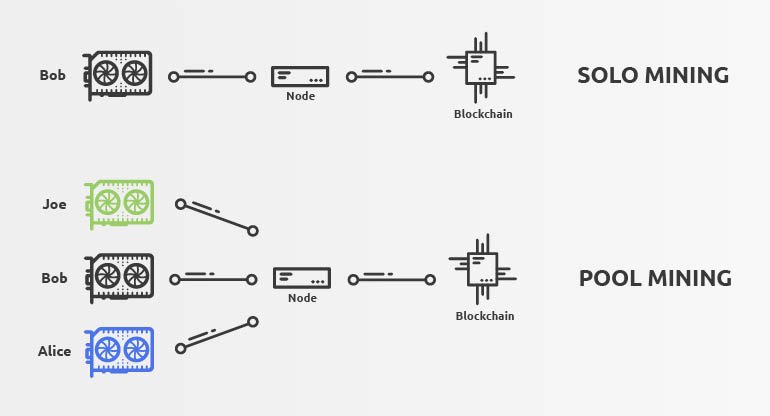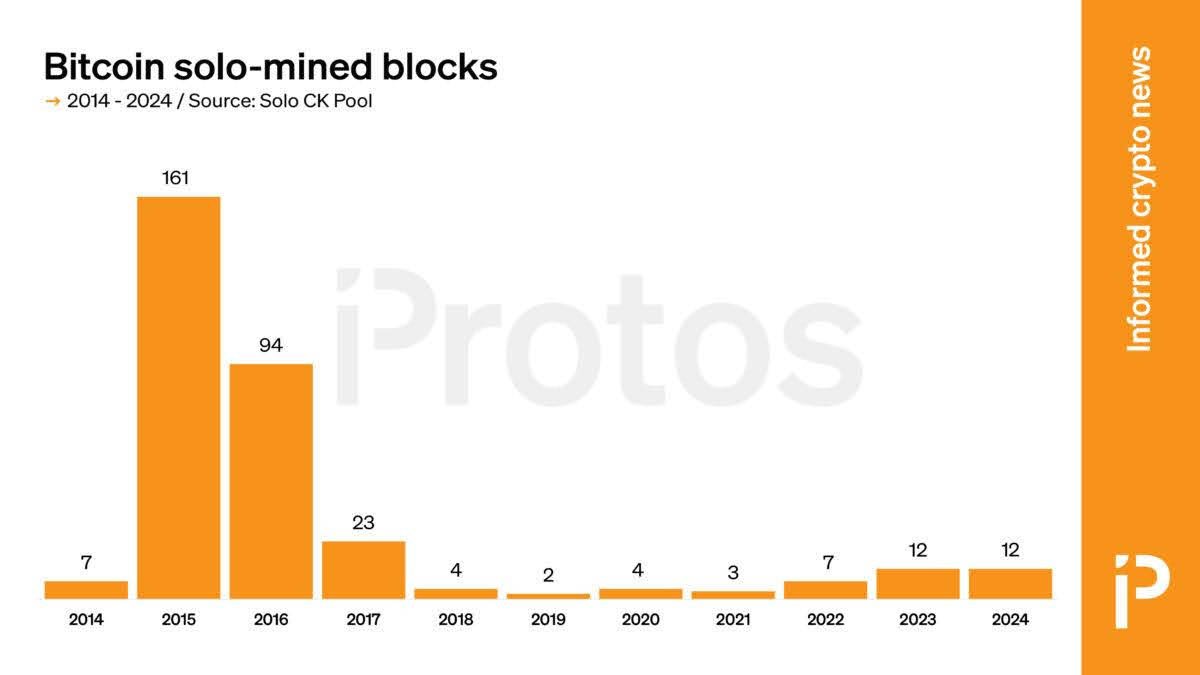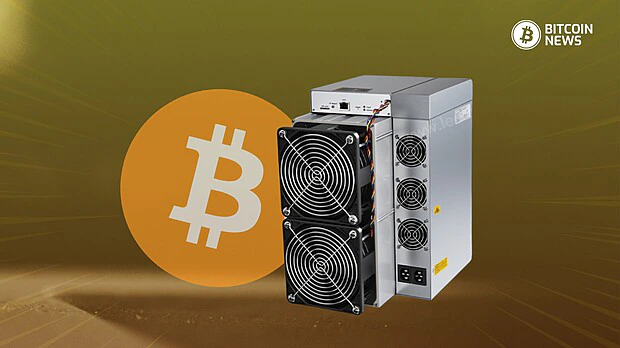In the early days of Bitcoin, solo mining was the domain of the pioneers—individuals who, with nothing more than a personal computer, could successfully mine bitcoin and earn substantial rewards.
The simplicity and accessibility of mining during this era were emblematic of Bitcoin’s decentralized ethos. However, as Bitcoin has evolved into a global financial asset, the landscape of mining has dramatically shifted.
Fast forward to 2024, and those who are solo mining bitcoin find themselves in a vastly different environment, dominated by large-scale operations, specialized hardware, and ever-increasing competition.
Solo Mining Bitcoin: The Evolution From 2009 to 2024
When Bitcoin was first introduced in 2009 by its pseudonymous creator, Satoshi Nakamoto, the network was small, and the digital asset was relatively easy to mine on a standard CPU.
Early adopters could mine Bitcoin blocks from their personal computers, and with low difficulty levels, the likelihood of solving a block was high. During this period, solo mining was not just viable—it was the norm.
The rewards were significant, with miners earning 50 BTC per block, and with few participants in the network, the chances of securing these rewards were considerable.

As Bitcoin grew in popularity and value, more miners joined the network, increasing the total computational power—or hashrate—dedicated to mining.
This surge in competition triggered an automatic increase in mining difficulty, a built-in feature of the Bitcoin protocol designed to ensure that blocks are mined approximately every ten minutes, regardless of the number of miners.
By early 2011, the era of casual, at-home mining was largely over, replaced by specialized hardware and the emergence of mining pools—groups of miners who combined their resources to increase their chances of earning bitcoin.
The State of Solo Mining in 2024
In 2024, solo mining bitcoin is a niche pursuit, largely overshadowed by industrial-scale mining operations and massive mining pools.
The difficulty of mining bitcoin has reached unprecedented levels, driven by a global network of miners equipped with highly advanced, energy-efficient ASIC (Application-Specific Integrated Circuit) miners.
These devices are purpose-built for bitcoin mining and are orders of magnitude more powerful than the CPUs and GPUs used in Bitcoin’s early days. The increased difficulty means that the probability of a solo miner successfully mining a block has become exceedingly small.
To put this into perspective, the current hashrate of the Bitcoin network is measured in exahashes per second (EH/s), a unit that represents quintillions of calculations per second.
Competing against such formidable power with even the most advanced personal ASIC miner is akin to searching for a needle in a haystack.
Lottery Mining
Solo mining remains relevant due to the “lottery” nature of Bitcoin mining, where a single miner has a chance—however small—of earning the entire block reward.
While mining pools dominate the landscape, offering smaller, more consistent payouts, some individuals still choose solo mining, hoping to win the full block reward, which is like winning a lottery.
Related: Solo Bitcoin Miner Hits Valid Block, Netting 3.43 BTC in Rewards
For these miners, the allure lies in the potential of securing significant returns without having to share with a pool. Technological advancements in hardware, like ASICs, make it possible for determined solo miners to participate, even as network difficulty increases.
The decentralized ethos of Bitcoin also plays a role; solo mining reflects the original spirit of mining, where anyone with the right hardware could contribute directly to the network.
Popular Bitcoin-only solo mining pools, such as Solo CKPool and D-Central Bitcoin Solo Pool, have provided platforms where miners can remain independent while attempting to win the entire block reward.

How To Solo Mine Bitcoin?
Solo mining has seen innovations not only in mining pools but also in mining hardware tailored for hobbyists and small-scale miners. Devices like Nerd Miners and BitAxe have made solo mining more accessible for enthusiasts.
Nerd Miners are compact, specialized mining devices that allow users to experiment with solo mining on a smaller scale.
While their hashrates are not comparable to industrial setups, they are designed for educational purposes, providing insights into how mining works while giving hobbyists a chance to participate in solo mining without major upfront investments.
The BitAxe, on the other hand, is a more serious tool, built to offer efficient mining in a small form factor.
It’s capable of handling more significant workloads than Nerd Miners and provides a middle ground between hobbyist experimentation and professional-grade mining. BitAxe devices are often used in D-Central’s Bitcoin Solo Pool.
These devices, paired with solo mining pools like Solo CKPool and D-Central, make solo mining feasible for those who prioritize decentralization and a DIY approach, even if the odds of success remain small.
The Future of Solo Mining
As Bitcoin continues to mature, the role of solo mining will likely remain marginal, overshadowed by the economies of scale achieved by large mining operations.
However, for those who are drawn to the principles of decentralization and independence, solo mining will continue to have a place within the Bitcoin ecosystem.
In a world where Bitcoin has become a global financial asset, solo mining is a reminder of the early days of the network, a throwback to a time when mining bitcoin was an individual pursuit.
While the landscape has changed dramatically, the essence of what makes Bitcoin unique—its decentralization and the opportunity for anyone to participate—continues to resonate, even in 2024.










